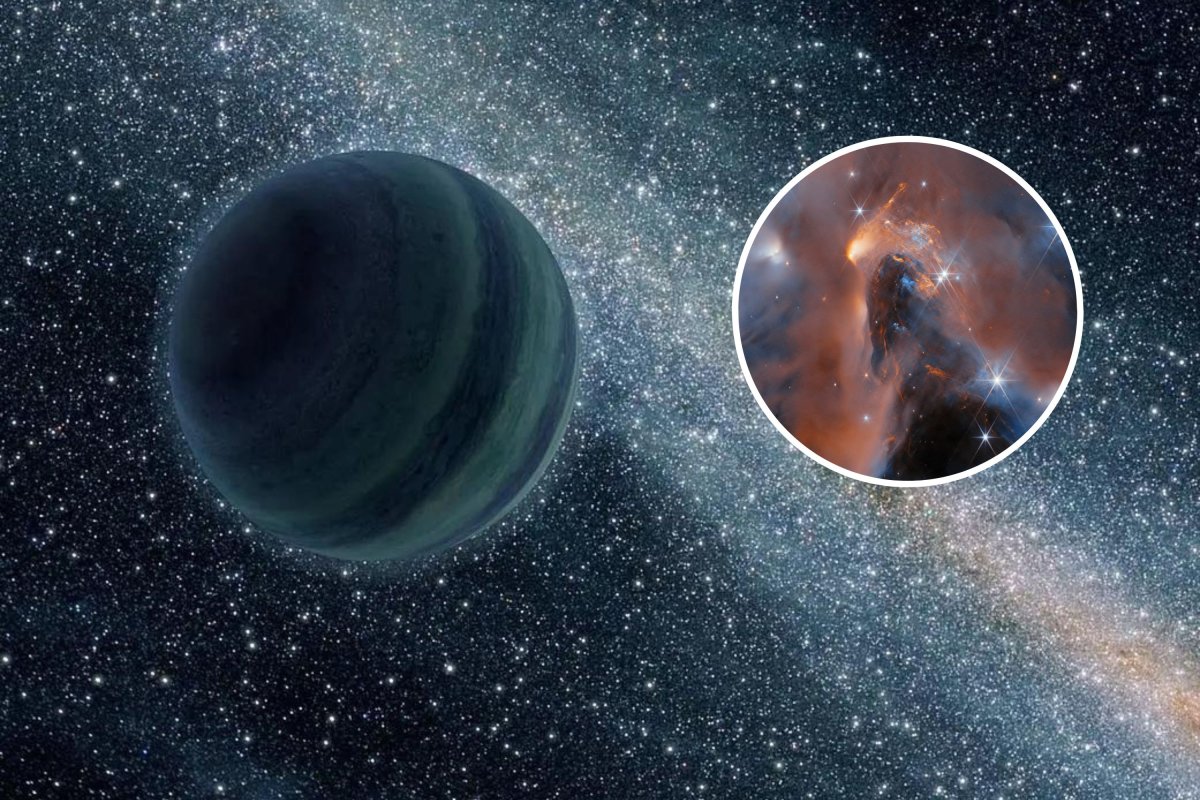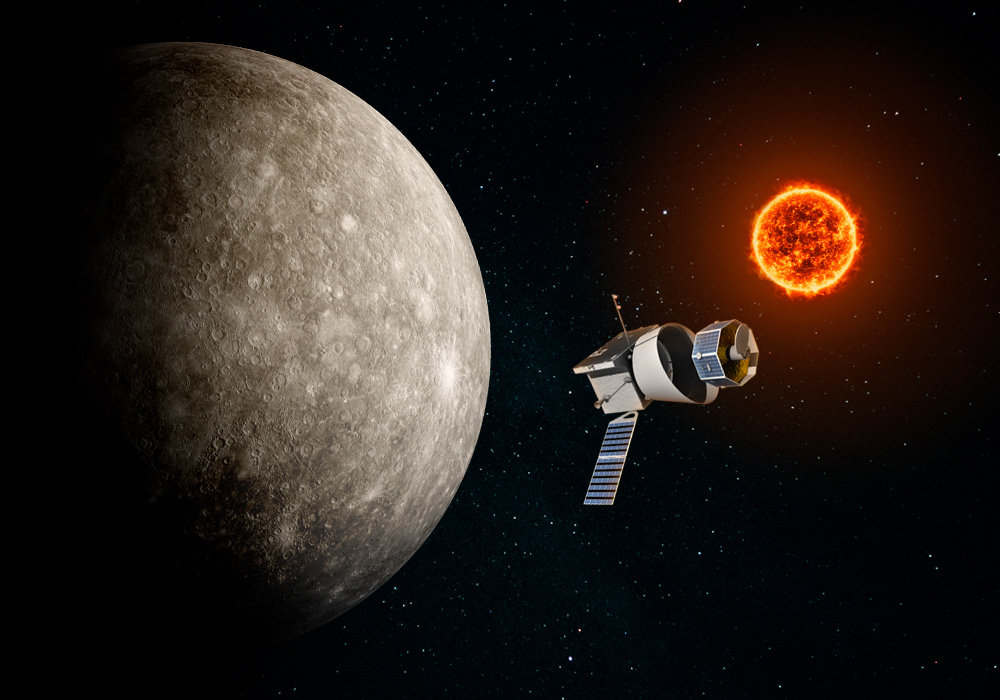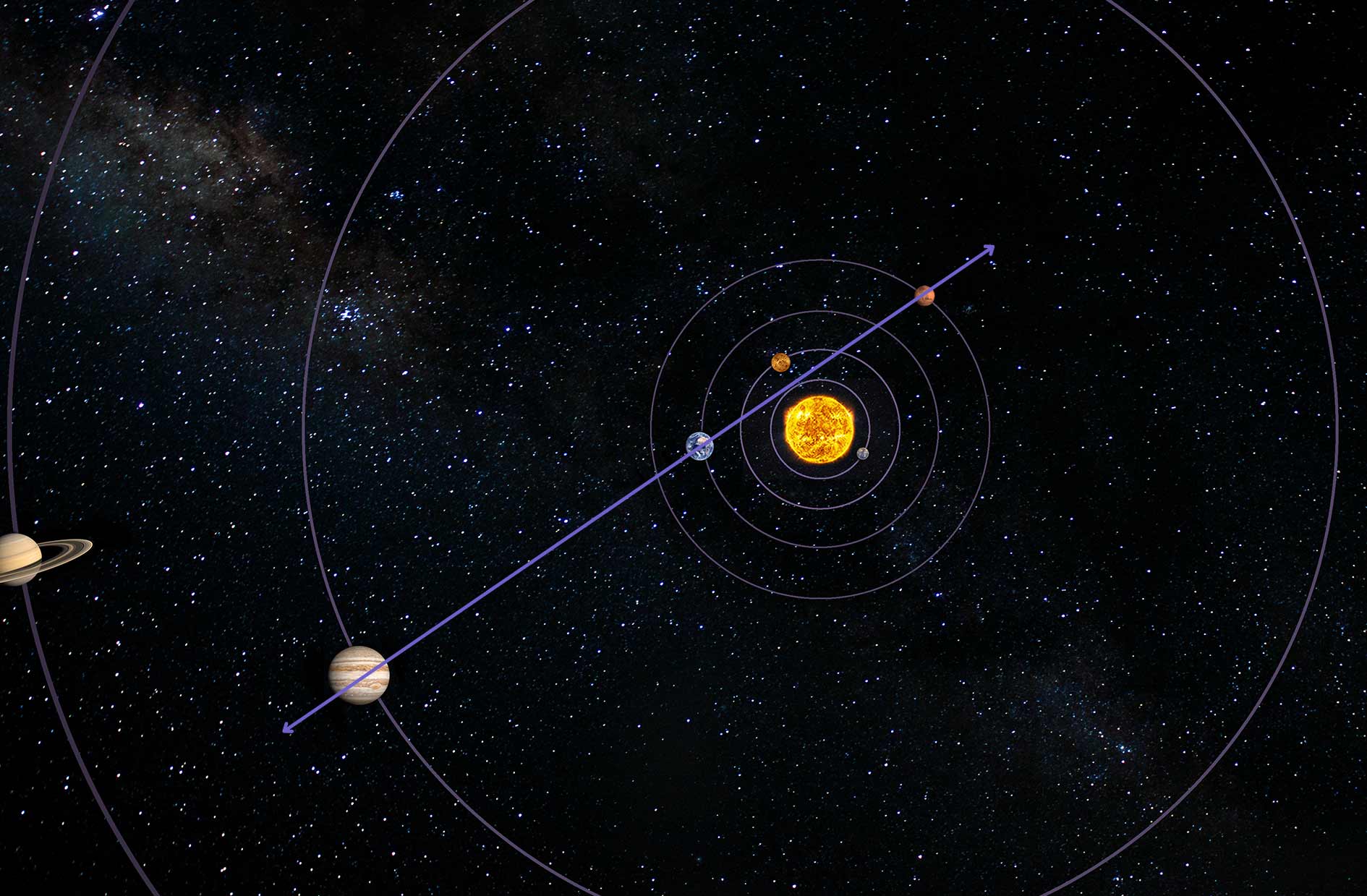When we think of life in the universe, we usually imagine planets orbiting stars — like Earth circles the Sun — receiving warmth and light, making life possible. But what if life could exist on planets floating alone in the cold darkness of space, untethered from any sun?
These are called rogue planets (also known as interstellar planets or orphan planets), and they are one of the most fascinating mysteries in modern astronomy.
In this in-depth article from spaceyv, we explore what rogue planets are, how they form, whether they could host life, and how scientists are hunting for them across the galaxy. Let’s dive deep into this science-meets-speculation journey!
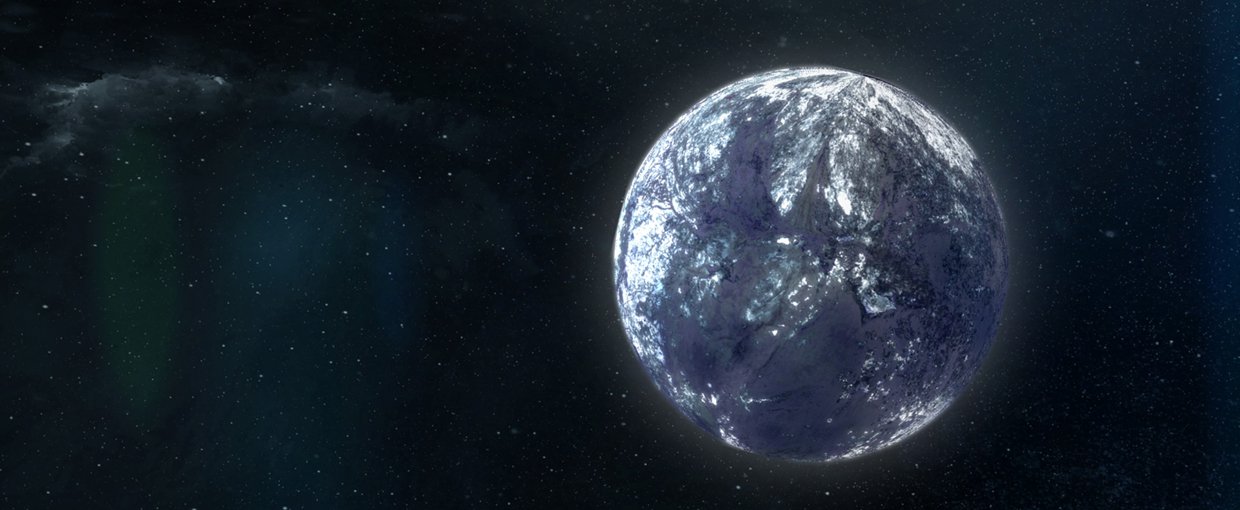
What Are Rogue Planets?
Rogue planets are planets that drift freely through space without orbiting a star. They wander the galaxy, alone, after either forming on their own or being ejected from their original solar systems.
Scientists estimate there could be billions of rogue planets in the Milky Way, perhaps even more rogue planets than stars! Recent gravitational microlensing studies have hinted that these dark, wandering worlds might be much more common than we ever expected.
How Do Rogue Planets Form?
There are two main theories for how rogue planets come into existence:
✅ Ejected from a Star System:
During the early stages of planetary system formation, young planets can experience gravitational interactions with larger planets or stars. Sometimes, these interactions are violent enough to fling a smaller planet out of its solar system entirely, turning it into a rogue.
✅ Born Alone:
Alternatively, rogue planets may form similarly to stars — from collapsing clouds of gas and dust — but never gain enough mass to ignite fusion and become stars. These would essentially be failed stars (similar to brown dwarfs), existing in isolation.
Could Rogue Planets Host Life?
At first glance, rogue planets seem like the worst places for life. Without a nearby star, they receive no light or heat, making their surfaces unimaginably cold. But scientists have proposed several fascinating ideas for how life could survive in such extreme conditions.
🌋 Idea 1: Internal Heat and Subsurface Oceans
Just like Jupiter’s moon Europa or Saturn’s Enceladus, a rogue planet could have a thick icy crust but retain liquid water beneath due to geothermal heat.
Even without sunlight, the decay of radioactive elements and residual heat from the planet’s formation could keep an internal ocean warm. This opens the possibility for life similar to what we see around hydrothermal vents on Earth’s ocean floor — ecosystems that thrive without sunlight, relying on chemical energy instead.
This idea is exciting because it breaks the old assumption that life needs a star. On Earth, entire ecosystems exist in darkness, driven by heat and chemistry.
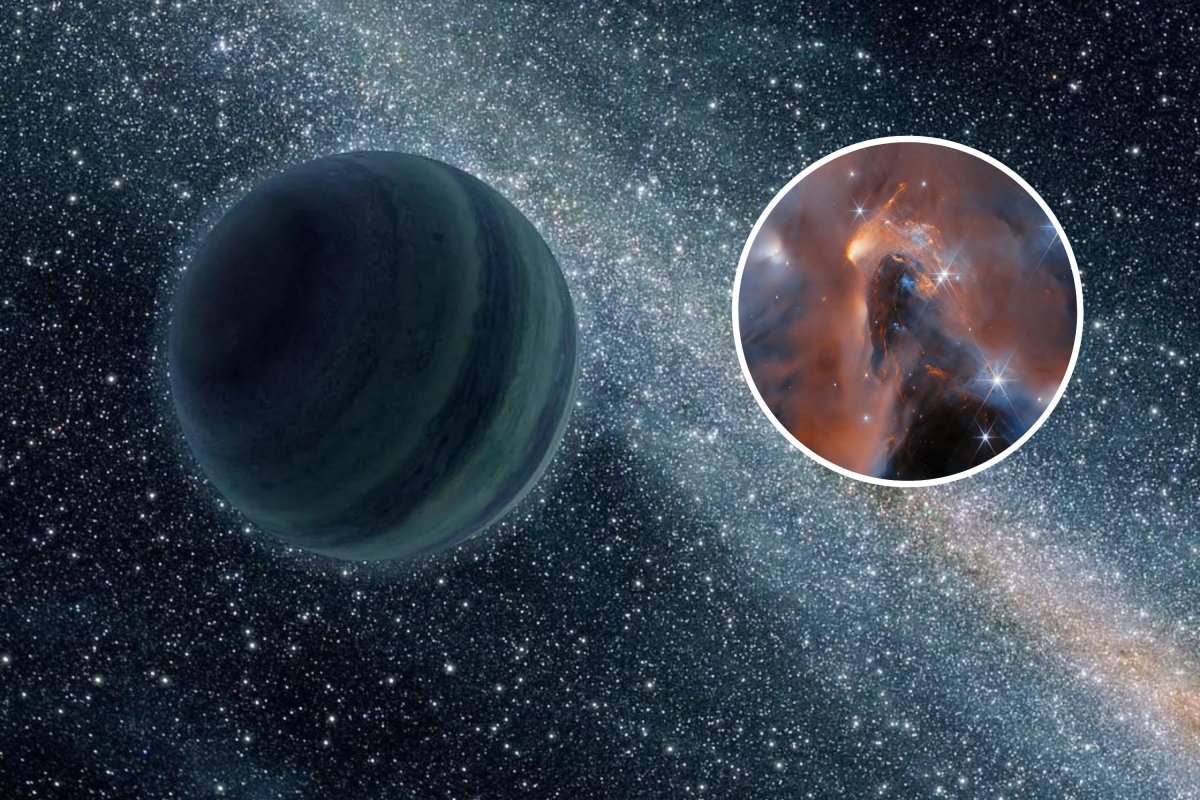
🏠 Idea 2: Thick Atmospheres and Greenhouse Blankets
Another possibility is that some rogue planets have very thick, insulating atmospheres, rich in hydrogen or other greenhouse gases.
These dense atmospheres could trap internal heat, preventing the surface from freezing completely. In extreme cases, scientists speculate that such planets could maintain temperate or even warm environments — despite being alone in space.
While we have no confirmed examples yet, models suggest that a hydrogen-rich atmosphere might act like a thermal blanket, keeping a planet’s surface surprisingly habitable.
🔦 Idea 3: Exotic Forms of Life
If life can survive extreme conditions on Earth — deep underground, in toxic lakes, or in Antarctic ice — who’s to say it couldn’t exist in even stranger environments on rogue planets?
Astrobiologists are starting to broaden their thinking beyond water and sunlight, considering the possibility of life forms based on completely different biochemistries — potentially surviving on methane, ammonia, or exotic solvents.
While purely speculative for now, rogue planets offer a fascinating playground for considering what alien life might look like.
How Do We Find Rogue Planets?
Detecting rogue planets is extremely difficult because they emit almost no light and don’t have a host star to backlight them. But astronomers have developed clever techniques to hunt for these invisible wanderers.
🔭 Gravitational Microlensing
When a rogue planet passes in front of a distant background star, its gravity bends and magnifies the star’s light — a phenomenon called microlensing. This allows scientists to detect the presence and mass of the rogue planet, even if they can’t see it directly.
🔭 Infrared Surveys
Some large rogue planets, especially young ones, are still warm from their formation and emit faint infrared radiation. Space telescopes like WISE (Wide-field Infrared Survey Explorer) scan the sky for these heat signatures.
🔭 Future Missions
Upcoming missions like Nancy Grace Roman Space Telescope and Euclid aim to improve our ability to detect rogue planets, potentially uncovering a hidden population of free-floating worlds.
Why Do Rogue Planets Matter?
Studying rogue planets is not just about counting planets — it reshapes how we understand the galaxy and broadens the search for life.
✅ Planetary Formation: Understanding how rogue planets form gives insight into the dynamics and chaos of young solar systems.
✅ Astrobiology: If life can exist on rogue planets, it expands the number of potential life-hosting worlds by billions.
✅ Galactic Evolution: Rogue planets may play a role in distributing materials, influencing gravitational interactions, or even seeding life across space through panspermia.
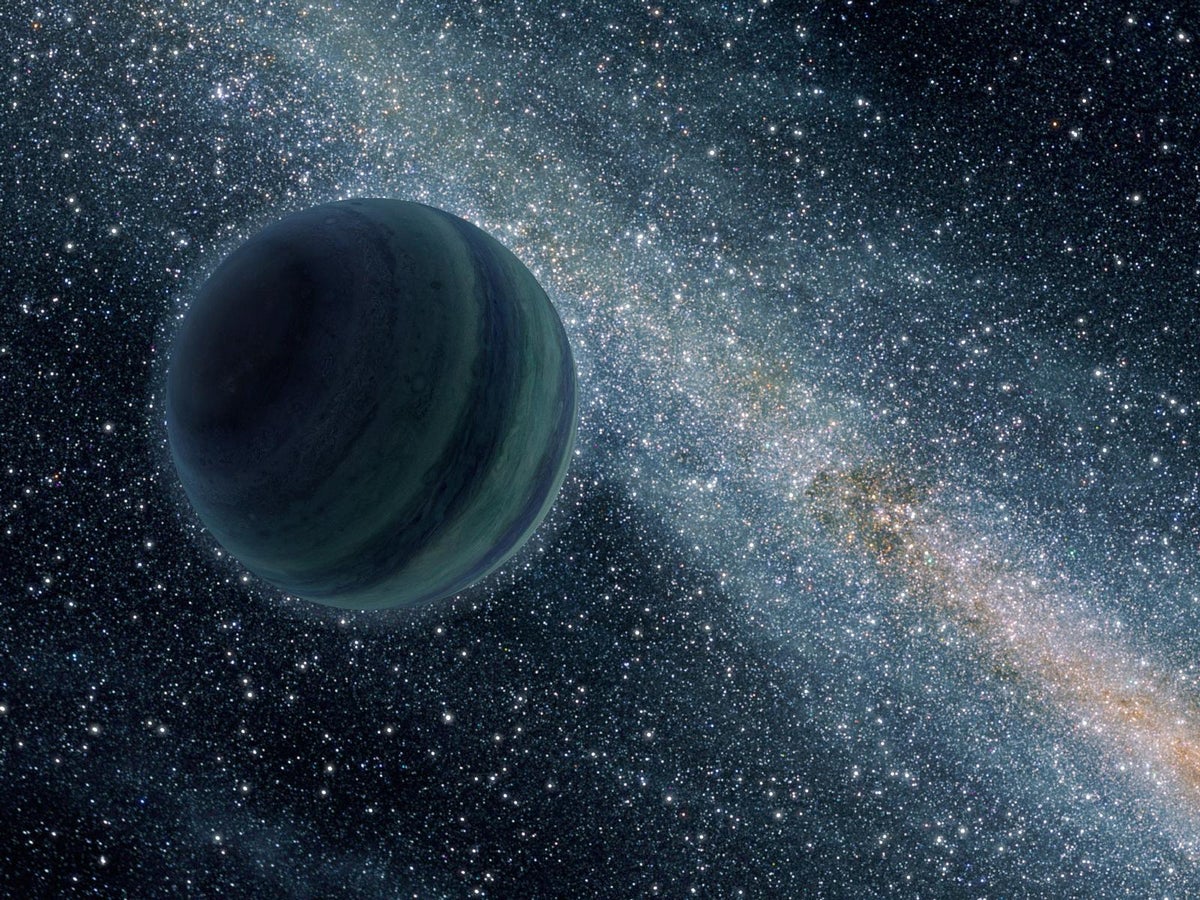
Unique Angle: Could We Visit a Rogue Planet?
While most rogue planets are far away, some may be passing through our cosmic neighborhood. If one came close enough, future missions could send probes or robotic explorers to study its atmosphere, geology, and potential subsurface oceans.
Imagine a mission like Europa Clipper — but instead of orbiting Jupiter, it’s chasing a lonely, dark world drifting between the stars. Exploring a rogue planet up close would give humanity its first look at a truly alien world, shaped by isolation and cosmic cold.
Final Thoughts
Rogue planets challenge our understanding of habitability, life, and the nature of the universe itself.
Here at spaceyv, we believe these dark wanderers deserve more attention — not just as scientific curiosities, but as potential homes for life and as keys to understanding the galaxy’s hidden complexity.
As technology improves and new missions launch, we may soon uncover how many rogue planets are out there — and whether any of them could harbor the most profound discovery of all: life beyond Earth.

